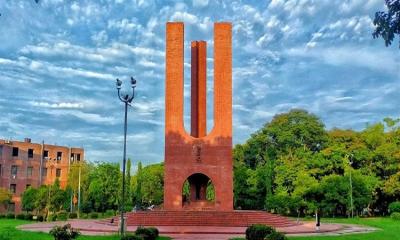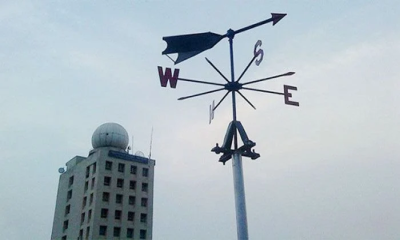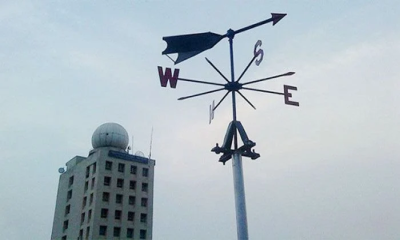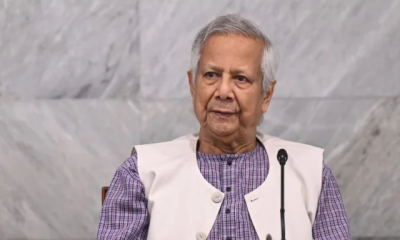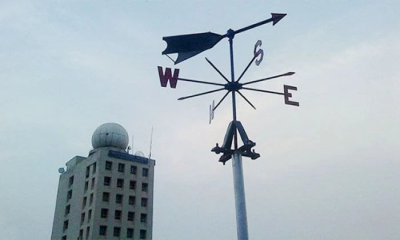Ice that took around 2,000 years to form on Mount Everest's highest glacier has melted in just 25 years, scientists have warned.
Ice on the South Col Glacier (SCG) has shrunk 80 times faster than it formed, according to a new report published by international scientific journal, Nature.
Research led by the University of Maine in the US found around 55m (180ft) of ice has been lost.
Now scientists say ice which took decades to accumulate could rapidly recede - amid fears the rest of the glacier could disappear within the next 25 years.
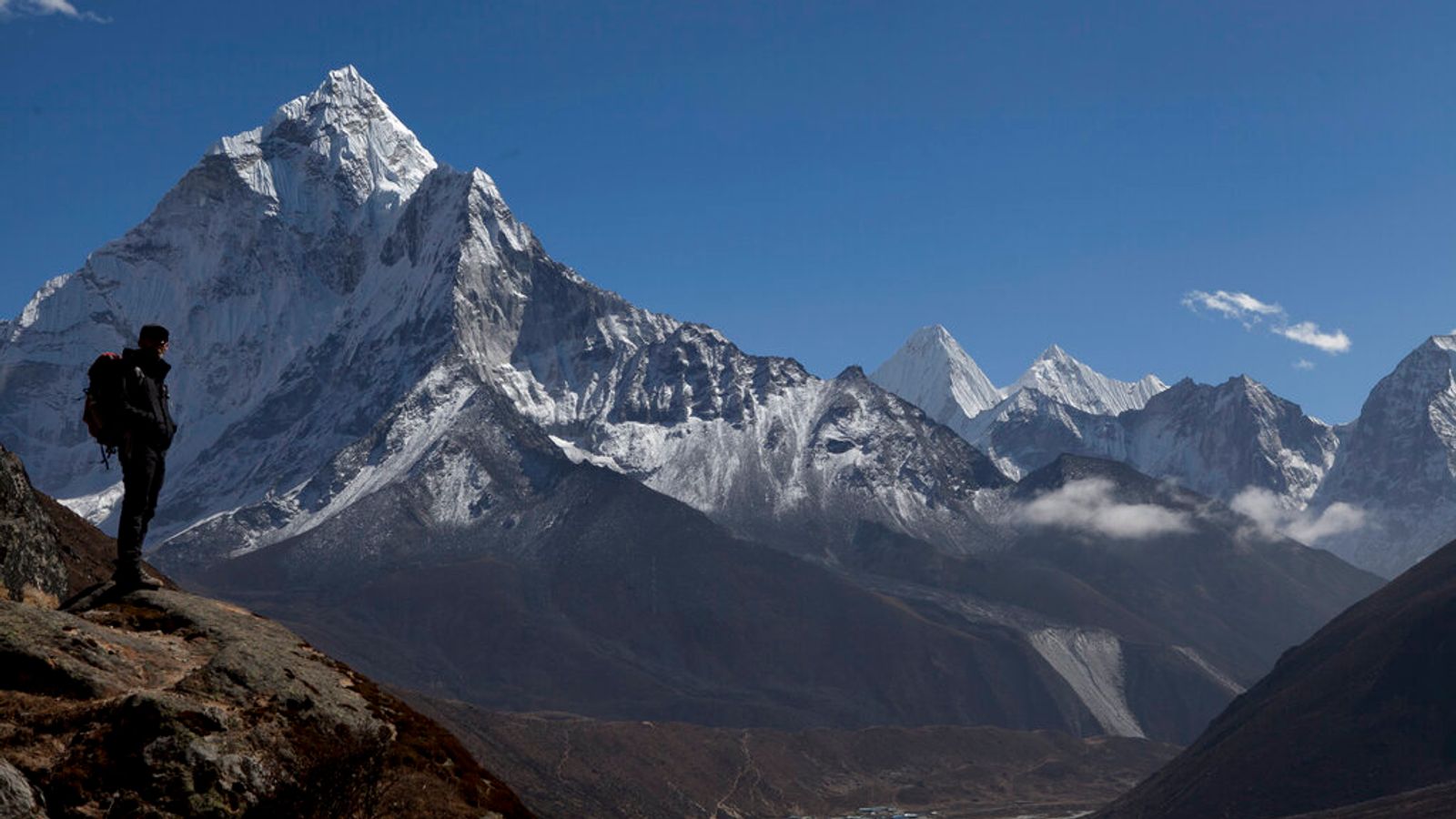
Climate change has been blamed for rapidly declining ice on Mount Everest.
The report said: "Thinning could occur in 25 years, over 80 times faster than it took to form the ice now exposed at the surface of SCG.
"Estimated contemporary thinning rates…indicate several decades of accumulation may be lost on an annual basis now that glacier ice has been exposed."
While the impact of melting glaciers has been widely studied, little is known about the highest points on the planet including SCG, which has a summit of 8,020m (26,312ft).
Despite its iconic status Mount Everest remains, at its uppermost elevation, a mystery in terms of weather, climate and glacier health, the report said.
The National Geographic and Rolex Perpetual Planet Everest Expedition, launched in 2019, saw scientists journey to the top of the world in a quest for knowledge.
They aimed to undertake the most comprehensive scientific investigation of the Nepalese side of Mount Everest, which sits on the border of China and Nepal.
"It was the most complete scientific experiment ever conducted on the south side of Everest," expedition lead, Paul Mayewski, told National Geographic.
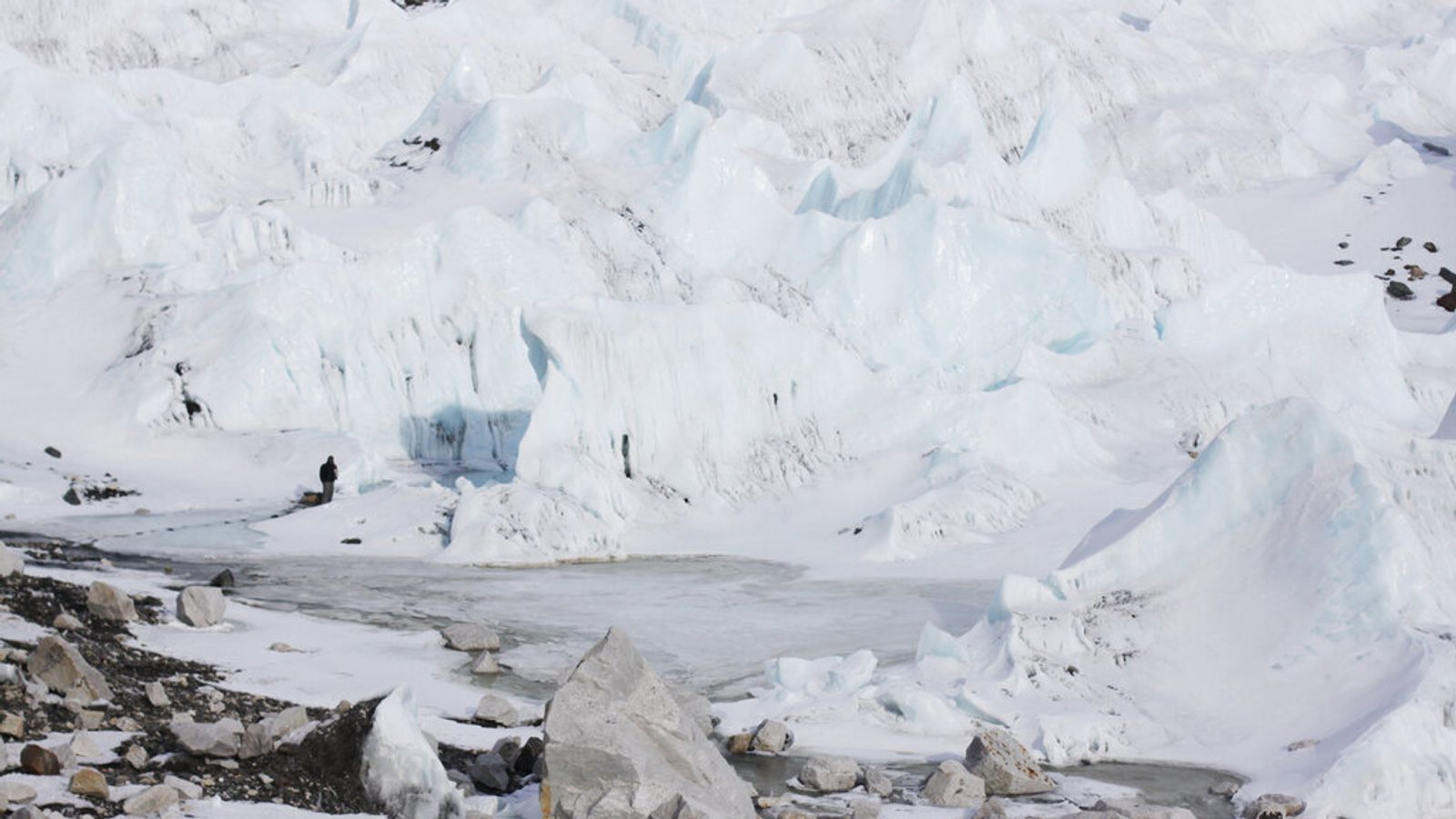
A key part of the research was extracting an ice core from the SCG at a height greater than 1,000m (3,200ft) - the highest ever collected.
Radiocarbon dating showed the ice at the surface was around 2,000 years old - meaning any ice build-up in the past two millennia had ebbed away.
The core contained layers of annual ice growth, likened to tree rings, which helped the team to draw their conclusions.
Ice began to decrease in the mid-1800s, increasing in the 1950s and most significantly since 2000.
The research pointed to "large scale warming" over Asia, with the most significant impact over the Tibetan Plateau and northern scope of the Himalayas between 2001 and 2020.
The "changing climate" is likely to have driven "considerable thinning" since the 1950s - with an acceleration by 2019.

The report added: "Climate predictions for the Himalaya all suggest continued warming and continued glacier mass loss."
SCG has "demonstrated even the roof of the Earth is impacted" by global warming, it added.
Mayewski described the findings as a "real wake-up call" that climate change is impacting the most remote and isolated parts of the planet.
"Now, we have the evidence that even the highest glacier on the highest mountain in the world is rapidly losing its ice," he warned.




-20251226051932.jpeg)
-20251222051606.jpeg)










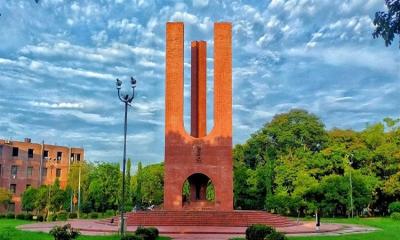

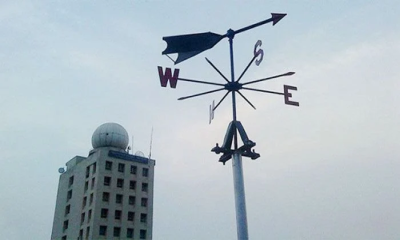
-20251226062607.webp)





